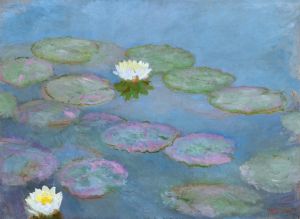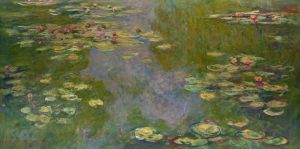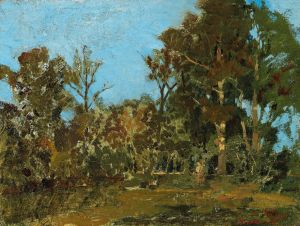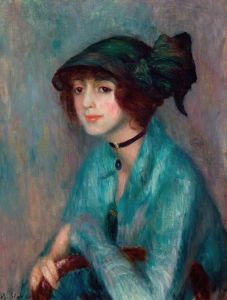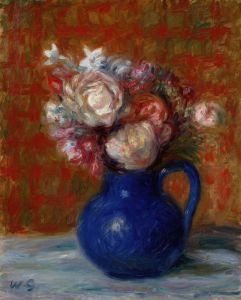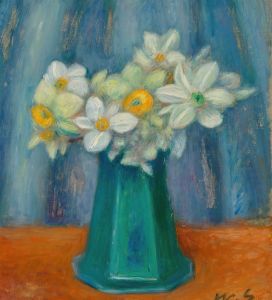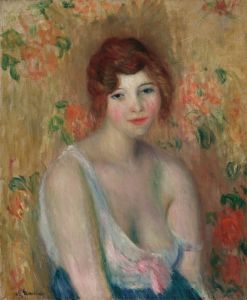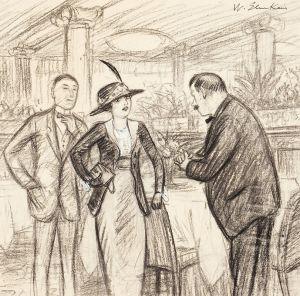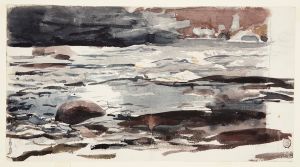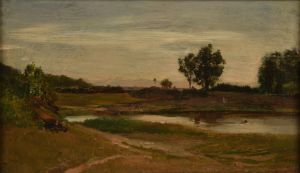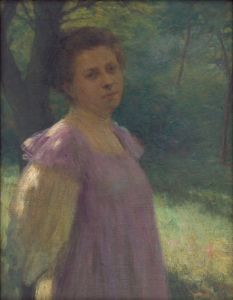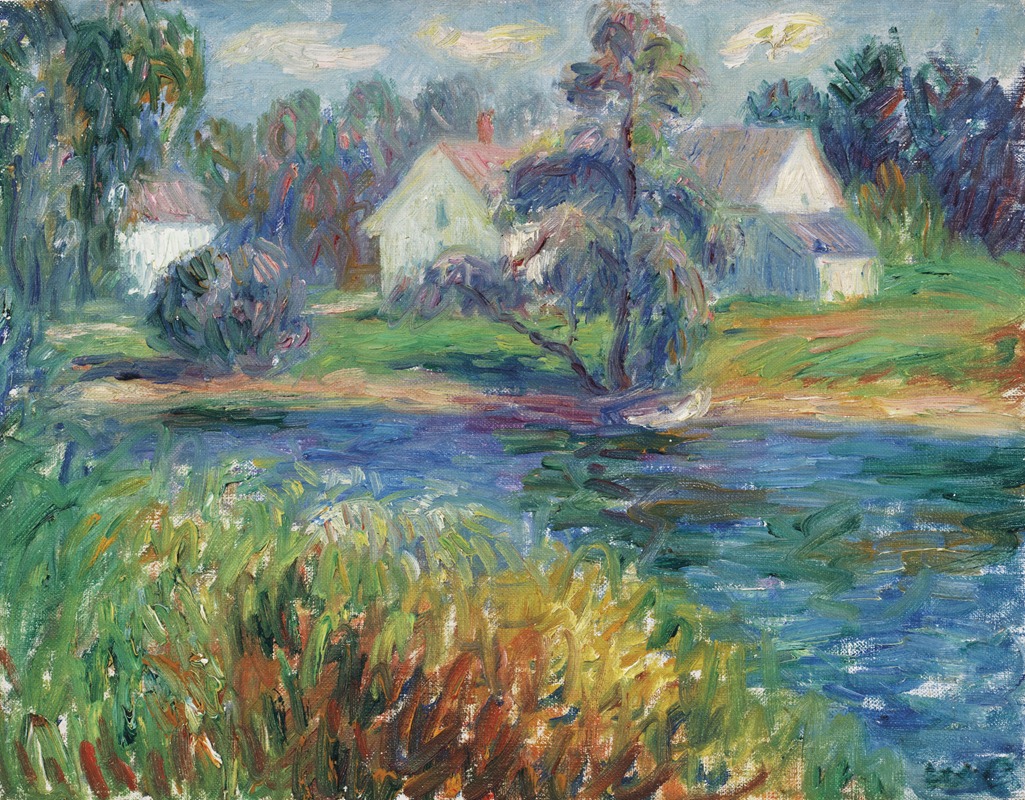
Conway Pond
A hand-painted replica of William James Glackens’s masterpiece Conway Pond, meticulously crafted by professional artists to capture the true essence of the original. Each piece is created with museum-quality canvas and rare mineral pigments, carefully painted by experienced artists with delicate brushstrokes and rich, layered colors to perfectly recreate the texture of the original artwork. Unlike machine-printed reproductions, this hand-painted version brings the painting to life, infused with the artist’s emotions and skill in every stroke. Whether for personal collection or home decoration, it instantly elevates the artistic atmosphere of any space.
William James Glackens was an American painter and one of the founding members of the Ashcan School, a movement known for its focus on depicting scenes of everyday life in New York City during the early 20th century. Glackens was born on March 13, 1870, in Philadelphia, Pennsylvania, and he became known for his vibrant use of color and his ability to capture the essence of urban life. His work often drew comparisons to the Impressionist movement, particularly due to his use of light and color.
"Conway Pond" is one of Glackens' works, although specific details about this particular painting are not widely documented. Glackens' oeuvre includes a variety of subjects, ranging from bustling cityscapes to serene landscapes and intimate portraits. His style evolved over time, initially reflecting the darker, more somber tones of the Ashcan School before transitioning to a brighter palette influenced by his admiration for French Impressionism.
Glackens studied at the Pennsylvania Academy of the Fine Arts and began his career as an illustrator for newspapers and magazines, which honed his skills in capturing dynamic scenes and human expressions. His friendship with fellow artist Robert Henri was instrumental in his development as a painter. Henri encouraged Glackens to pursue painting more seriously and to join him in forming what would become known as the Ashcan School.
The Ashcan School was characterized by its focus on realism and the depiction of everyday life, often highlighting the grittier aspects of urban existence. Glackens, however, was somewhat distinct within the group due to his preference for more cheerful and colorful scenes. His work often depicted leisurely activities, parks, and beach scenes, showcasing his interest in capturing moments of joy and relaxation.
While specific information about "Conway Pond" is limited, it can be inferred that the painting likely reflects Glackens' interest in capturing natural beauty and light. His landscape works often feature lush, vibrant colors and a sense of movement, inviting viewers to experience the tranquility and vibrancy of the scene.
Throughout his career, Glackens exhibited widely and gained recognition for his contributions to American art. His work is held in numerous prestigious collections, including the Whitney Museum of American Art, the Art Institute of Chicago, and the National Gallery of Art. Glackens' legacy is marked by his ability to blend the realism of the Ashcan School with the light and color of Impressionism, creating works that continue to be celebrated for their vitality and charm.
William Glackens passed away on May 22, 1938, in Westport, Connecticut. His influence on American art remains significant, as he helped pave the way for future generations of artists to explore new styles and subjects. While "Conway Pond" may not be as widely known as some of his other works, it undoubtedly reflects the qualities that make Glackens' art enduringly appealing.





